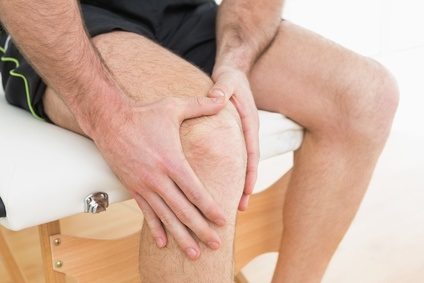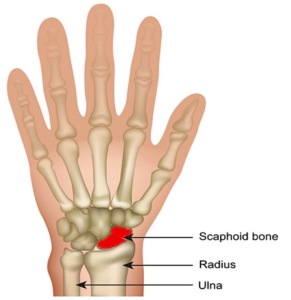
Joint pain may be due to many different conditions. Most of the time, it can be a result of a musculoskeletal problem. Some common musculoskeletal problems include osteoarthritis, bursitis, tendinitis, and muscle sprains. Other times, the pain can be caused by a sudden onset of a disease like carpal tunnel syndrome, repetitive stress injuries, or arthritis.
There are many reasons why your joints might hurt. Some of these are normal and can be easily treated with rest or antibiotics. However, if the pain persists, it’s important to see a doctor for a more serious cause. You can seek the help of a rheumatologist if your primary care physician believes that your joint pain is caused by an autoimmune disease or some other condition.
Joint pain can be debilitating, limiting your range of motion and wearing you down mentally. But even if your joint pain is minor, you should see a doctor to determine what’s causing the problem and what you can do to alleviate the pain. And no matter how old you are, joint pain is never fun! It’s better to take care of yourself than to be in constant pain. Your doctor will be able to give you an exercise plan and the proper medicines.
If your joint pain is caused by an underlying condition, your primary care physician can prescribe appropriate medicines to alleviate the symptoms. Your doctor will also prescribe an exercise program and the appropriate medicines. The best exercises for joints are those that don’t put a lot of strain on the joints. These exercises are generally recommended for older people, and can be performed with caution. For children, gentle yoga and tai chi are good options.
If your joint pain is not associated with an underlying disease, you may have a virus or infection. There are several viruses that can cause joint pain, including parvovirus and rubella, which are the fifth most common childhood diseases. In addition to these, there are several common health issues that can cause joint pain. If you’re experiencing severe discomfort, it is important to seek medical attention as soon as possible. If you’re not sure what’s causing your pain, consider a simple health risk assessment.

A thorough medical history is essential to determine what causes your joints to hurt. Your doctor will need to do a thorough physical examination to make a diagnosis. Imaging tests and blood tests can help the doctor narrow down the possibilities. Your physician may recommend a biopsy or joint aspiration to test for a variety of conditions. Your physician can also recommend a course of treatment based on these findings. If your pain is accompanied by swelling, it could be an indication of inflammation of a disc or a nearby bone.
Medicine Wellgo can help relieve joint pain and reduce swelling. Steroids and antibiotics may be prescribed to reduce inflammation and reduce joint pain. Your doctor may also recommend joint exercises such as swimming, water aerobics, and tai chi. In some cases, doctors may recommend surgery to reduce swelling. A comprehensive physical examination includes a thorough history taking, blood tests, and imaging tests. Depending on the symptoms and causes, the doctor may decide to perform a biopsy or undergo additional diagnostic testing to rule out a more definitive diagnosis.
If the pain is caused by an infection, it is important to see a doctor. The infection can cause joint swelling, which may require antibiotics and surgery. Although there are several possible causes of joint swelling, your doctor will recommend the best treatment for you. If the pain is caused by an injury, it is best to contact a specialist as soon as possible to determine the cause. Sometimes inflammation of the joints is a consequence of a violation of the musculoskeletal system, which requires a specialized examination and diagnosis.
Arthritis symptoms can be unpredictable and interfere with daily activities. Some types of arthritis are painful all the time, and at one time or another you may experience an aggravation. Other symptoms of arthritis include swelling, redness, and heat in the area. Some people experience fatigue after doing certain activities, and the pain may go away after a few days. The main thing is to find the cause of your pain, and not to panic.